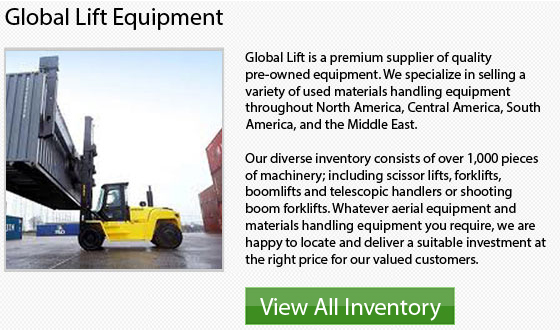
The all-terrain crane is considered within the crane business as being a luxury type of a mobile hydraulic crane. It has the reputation of being similar to driving a Range Rover or a Hummer on pavement. All-terrain cranes are considered to be a hybrid between a rough terrain crane and mobile truck crane. Another remarkable quality of this specific equipment is its multi-functional ability to be able to traverse through all kinds of off-road terrain. Amongst the main selling characteristics of this specific crane is that it travels equally well at top speeds down roads.
The Very First Rough Terrain Crane
The very first rough terrain crane was put on the market by Grove in the year 1959. The crane was intended for application and designed to deal with various tasks on construction locations. The industrial strength of the crane's tires is capable of handling all types of difficult terrain and is able to transport small loads in carry mode. During the 1970s, the 4 axle Super-RT 1650 model was introduced by Grove. This specific unit has a 270 foot or 82.8 meter height under hook in production, in addition to a 135 ton lifting capacity. At the end of the day, the rough terrain crane will become the most notable equipment of the company through the years.
The Crane's Disadvantages
The rough terrain crane is not without its drawbacks because it is not able to be driven on public roads with any other traffic. Japan is the one nation that has made this rule an exception. Furthermore, another issue occurred when the crane's lowered boom tended to block the left and right views of the driver, depending on how the cap was placed. These problems with the design of the crane ended up being hazardous and serious and lead to many accidents with RT cranes, especially while turning. Therefore, flatbeds, low-loaders, lowboys were adopted as the primary way of transporting rough terrain cranes.